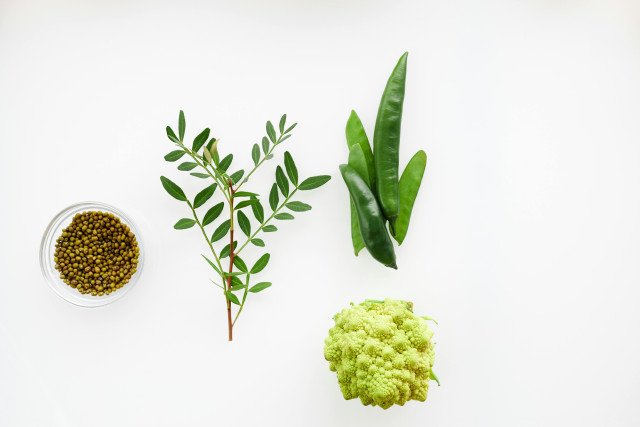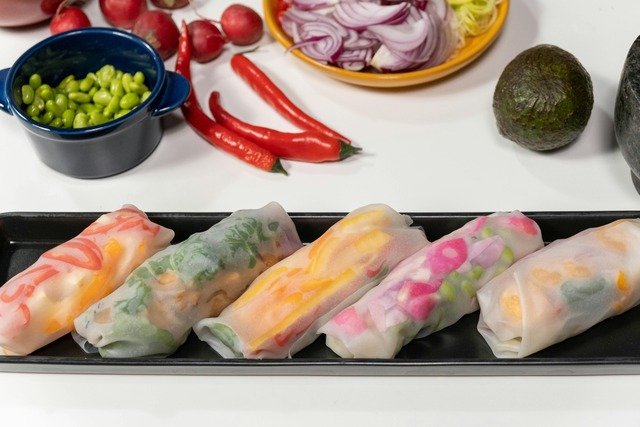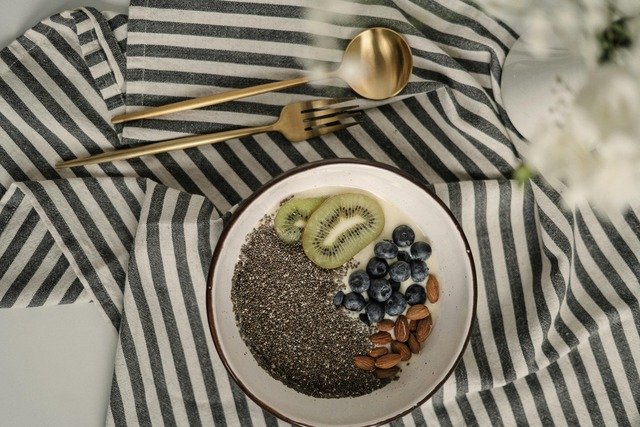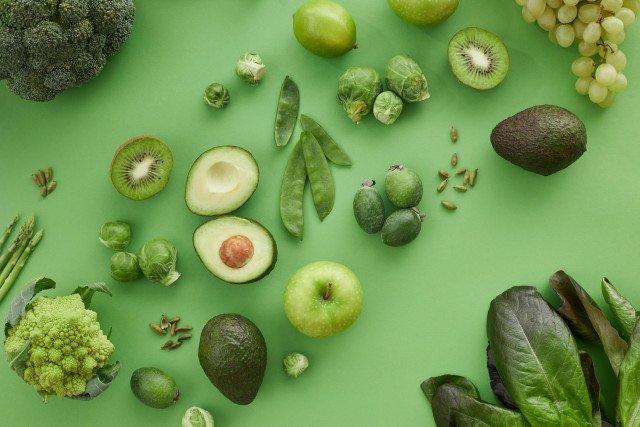Ten years ago, if you’d told me I’d be choosing almond milk over regular milk, I’d have laughed it off. But here we are — oat milk lattes, plant-based burgers, meatless Mondays. More people than ever are giving plants a bigger space on their plates. Some are doing it for health, others because they care about what’s happening to the planet. Many are just plain curious. So, why are we seeing this shift? Is it really that good for us — and the earth? And the big question — can you still get enough protein without feeling like you’re forever stuck with plain salad? Let’s break it down.
First up, health. There’s plenty of proof that eating mostly plants can help keep some big diseases at bay. Heart disease, diabetes, and some cancers — studies have linked a higher intake of veggies, fruits, nuts, and grains with lower risks. My uncle switched to a mostly plant-based diet after his doctor flagged his rising blood sugar. He didn’t go full vegan, but he did trade in his usual evening snacks for a bowl of mixed sprouts with a dash of lime and chili. Small swaps, big change — last check-up, his sugar levels were back in the safe zone.
Plant-based foods are naturally packed with stuff our bodies love: fiber, vitamins, minerals, and antioxidants. Most are low in bad fats. Plus, if you’re watching your weight, the high fiber keeps you fuller for longer. One study found that people eating more plant foods often take in fewer calories without trying too hard.

Beyond our bodies, there’s the Earth to think about. Raising animals for food takes up a lot — land, water, and feed, and it leaves a pretty big carbon footprint behind.
To put it simply, growing beans or lentils uses far less water than raising cattle. A kilo of lentils needs about a tenth of the water you’d need for a kilo of meat. That’s massive when you think about how many people are trying to feed their families on shrinking resources. Cutting down on animal farming also helps protect forests and wildlife. Look at the Amazon. Huge chunks of it are cleared every year, mainly for cattle grazing or growing animal feed. Less demand for meat could slow that down. More forests, more habitats for animals, more carbon trapped where it belongs — in the trees.
Okay, but let’s talk protein — the big worry.
Truth is, plants can deliver plenty. Beans, chickpeas, peas, lentils — they’re protein stars. One cup of cooked lentils has about 18 grams. Pretty solid. Many cultures have known this forever — from hearty dals in India to lentil soups in the Mediterranean. One thing to remember: not all plant proteins are “complete” by themselves. But mixing them up does the trick. A classic example? Rice and beans. Together, they tick all the amino acid boxes. The same goes for nut butter on whole-grain toast. And if you’re craving the bite of meat, new options are popping up everywhere. Some people try plant-based sausages, some give lab-grown meat a shot. They’re not perfect yet, but they’re improving fast.

If the idea of cutting out meat overnight feels impossible, don’t. Start slow. Pick one or two plant-based meals a week. Or swap out regular milk for soy or oat. Try adding chickpeas to your salad instead of chicken.
One thing that helps? Planning ahead. A Sunday afternoon cooking session to prep grains or beans can save you when you’re hungry on a busy Tuesday night. Also, try new stuff. Maybe tempeh isn’t your thing, but roasted cauliflower tacos might surprise you. Direct buying from farmers’ markets and local stores has so many options now. Keep an open mind — and taste buds.
Of course, it’s not all sunshine and salads; some nutrients need extra attention. Vitamin B12, iron, omega-3s — you may need to get these from fortified foods or a supplement. A quick chat with a nutritionist can help you figure out what’s right for you. Taste is another worry. Some think plant-based means bland, but spices, herbs, and marinades — they change everything. A smoky chickpea curry or a big veggie stir-fry with ginger and garlic can easily beat a plain chicken breast, if you ask me. And yes, there’s the awkward bit — family dinners, festivals, eating out. Been there. If your family is skeptical, bring a dish to share. You might be surprised how many people reach for seconds.

At the end of the day, eating more plants is good for us — and for the only home we’ve got. You don’t have to go 100% overnight. Even small changes add up. Maybe it’s that extra serving of veggies, or switching up a single meal.
If you’re curious, give it a go. Look up a new recipe, try a new ingredient, talk to people who’ve done it. One small step might just turn into something bigger — for your health, and for the world waiting outside your kitchen window.


